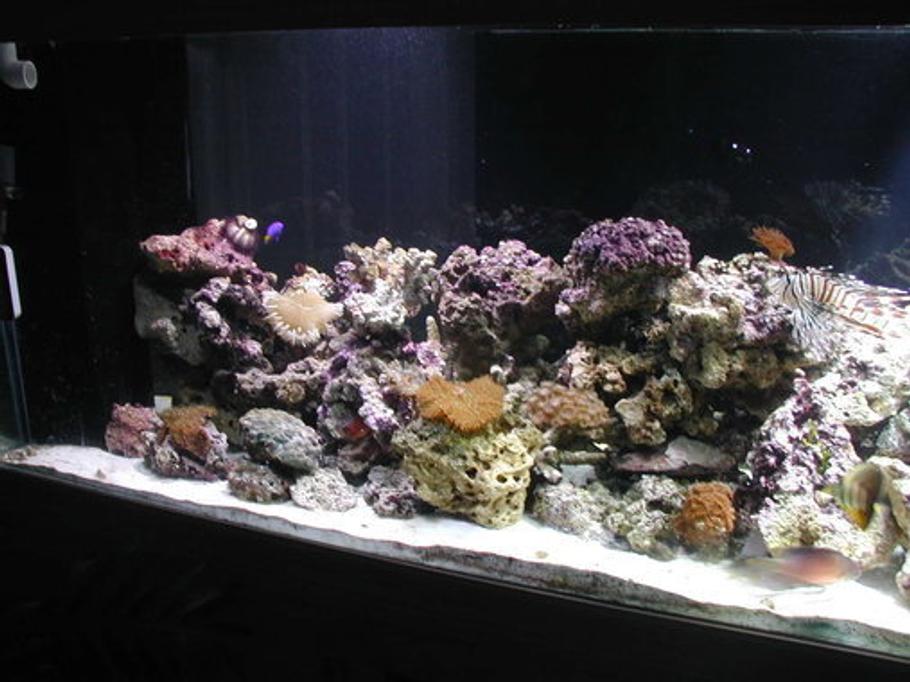I am at a loss as to what is happening with my clownfish. I set up a Fluval Evo 13.5, cycled it and put a pair of clowns in near the end of February. The clowns did great and were perfectly healthy until the end of April, when I came home and one was laying at the bottom of the tank heavily breathing and died shortly after, the other died later that night. After the fact I did a 50% water change and left it for a few weeks and then put a new pair in, they died within 2 hours. I then did a 20% water change and let the tank sit for a month (while continuing weekly 10% water changes) before adding another pair, which also died within 2 hours. Throughout all of this my water has been testing perfectly fine with consistent parameters. I went to my LFS for advice, who also tested my water and confirmed that all my parameters were good. I have always drip acclimated my fish, and this shop suggested I instead float the bag for 15 minutes, add equal parts tank water and float for another 15, and then add the fish (just the fish, not mixing water). They suggested the drip acclimation might be taking too long and depriving the fish of oxygen. If it matters at all, my LFS is about 45 minutes from my place, so the fish are in the bag for a bit over an hour by the time they make it into the tank. They graciously gave me one clown to see if the different acclimation would fix my problem, and so I took him home and he did great for a week. At the end of the week, they told me to bring him back and that my tank seemed to be good to go.
Yesterday I added a pair and they did great for the first night. This morning I woke up to one dead, and the other just died this afternoon. I am at an absolute loss as to what could be happening with these fish and so is the owner of my LFS who I’ve been working with. I’ve included a video, but my second clown began having difficulty swimming and getting swept up in the flow before it died. I’m not sure if this gives any indication to why it was dying or not. I’m still not sure as to how my first pair died, or how the others died so quickly while my “test” fish from the LFS was totally fine.
Attached is a video of how my tank is set up and a video of the clown struggling that ended up dying this afternoon. I’m at an absolute loss as to what’s wrong with this tank and I’m hoping someone can see something I don’t.
Thanks in advance
Parameters:
Ammonia 0
Nitrites 0
Nitrates 0
PH 8.4
Salinity 1.024 (weekly 10% water changes, Red Sea salt mixed with RODI)
Temp 78
Yesterday I added a pair and they did great for the first night. This morning I woke up to one dead, and the other just died this afternoon. I am at an absolute loss as to what could be happening with these fish and so is the owner of my LFS who I’ve been working with. I’ve included a video, but my second clown began having difficulty swimming and getting swept up in the flow before it died. I’m not sure if this gives any indication to why it was dying or not. I’m still not sure as to how my first pair died, or how the others died so quickly while my “test” fish from the LFS was totally fine.
Attached is a video of how my tank is set up and a video of the clown struggling that ended up dying this afternoon. I’m at an absolute loss as to what’s wrong with this tank and I’m hoping someone can see something I don’t.
Thanks in advance
Parameters:
Ammonia 0
Nitrites 0
Nitrates 0
PH 8.4
Salinity 1.024 (weekly 10% water changes, Red Sea salt mixed with RODI)
Temp 78




















